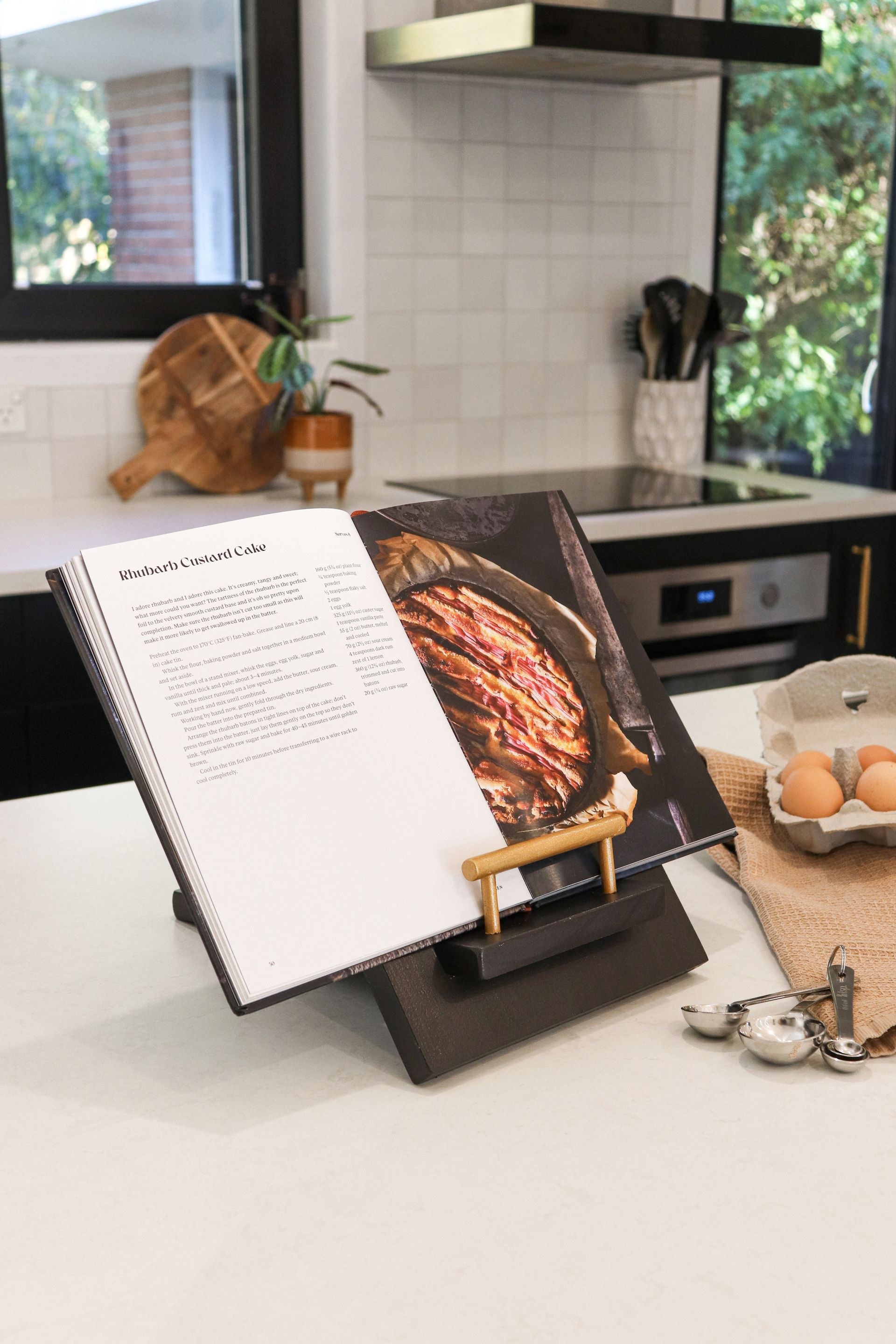As we approach the election, sound bites and pithy one-liners are constantly capturing media attention, ramping up debate and attracting click bait. It is the time for all of those interested in education to beware. Dr Cheryl Doig explains..
You will hear many different reports from political parties seeking to amplify their own take on what is wrong with education and how to fix it. As you listen, read and explore these viewpoints I recommend you step back from your own political beliefs to really explore the rhetoric. ‘The fix for this is that … Party XYZ is the party that will fix it and we will do it fast.’ ‘We must restore … return to …’
If only life was that simple. Here are five ideas that may help you navigate this space:
Making the complex sound simple: ‘If we put more truancy officers in place school attendance will improve.’ It is tempting to believe that complex issues can be solved with simple solutions. However, complex issues are best managed by understanding interconnections between education, health, poverty, global influences and other shaping forces. Think in systems.
Catastrophising: ‘Literacy and numeracy results have plummeted and are trending down, we need to go back to basics.’ In the 2018 OECD Programme for International Student Assessment (PISA) results, which compares reading, maths and science abilities internationally, New Zealand 15-year-olds scored above the OECD average – ranking eighth out of 36 for reading, and seventh for science. The results of the 2022 PISA will be available at the end of this year – after the elections – check out the actual data source when it comes online.
Do we need to improve? Heck yes! But catastrophising language is the breeding ground for knee-jerk responses.
Balancing the books: Are the sound bites focused on the economic needs of the country without consideration of wider social, cultural and environmental needs? The 2018 PISA results have also shown that wellbeing and bullying are of concern and these deeply human issues require us to think holistically.
We know that since 2018 the lives of our young people and society in general have changed dramatically. I am wondering how parties might address these increasingly complex needs with new language, thinking and actions.
Misinformation and Disinformation: In an age where misinformation and disinformation have accelerated, ‘truth’ is blurred, and of course we all have our own biases. Technology sucks us into information filter bubbles of the like-minded. This makes it easy for us to be fed election sound bites that support our worldviews and aspirations for education. But it is important to be curious about other ways of thinking.
In a recorded conversation from the 2022 Annual Meeting of the World Economic Forum, Cellist Yo-Yo Ma and Particle Physicist Fabiola Gianotti discuss truth as constantly evolving, an aspiration, an inquiry with no end point. It is this inquiring mindset that I hope you will adopt when viewing education through the lens of election politicking. Regardless of your party affiliations, think deeply about the interconnections. Everything has implications and unintended consequences. Put your human intelligence to work. Check your sources. Think critically. Don’t let education be a pawn.

Dr Cheryl Doig is a leadership futurist who follows leadership trends and research and translates these into practice, working internationally and virtually with organisations, business leaders and educators. Her passion is for challenging organisations to think differently in order to adapt to a changing future – to think beyond their current leadership realities, while still using the best of the past.
Recent stories




